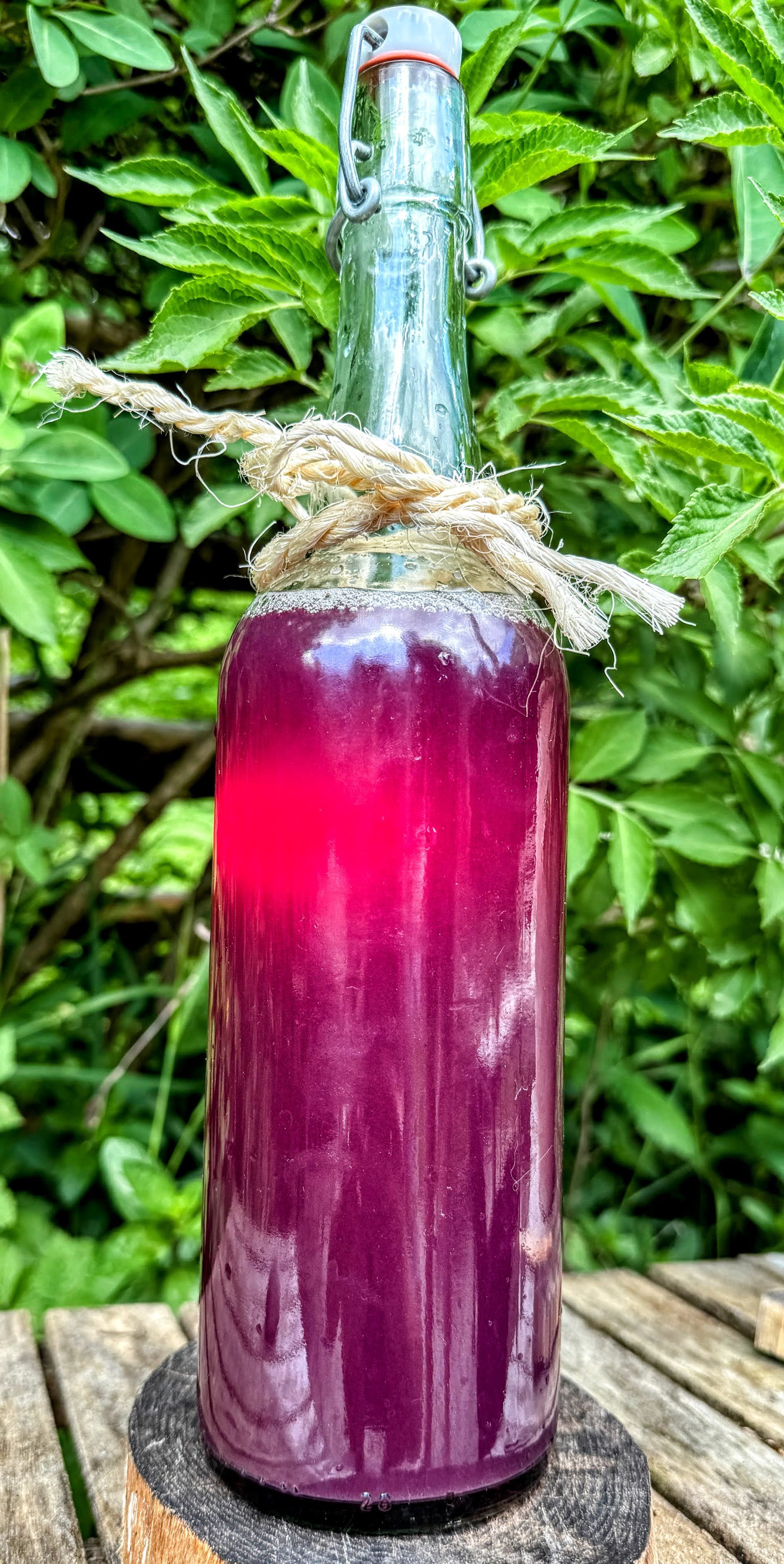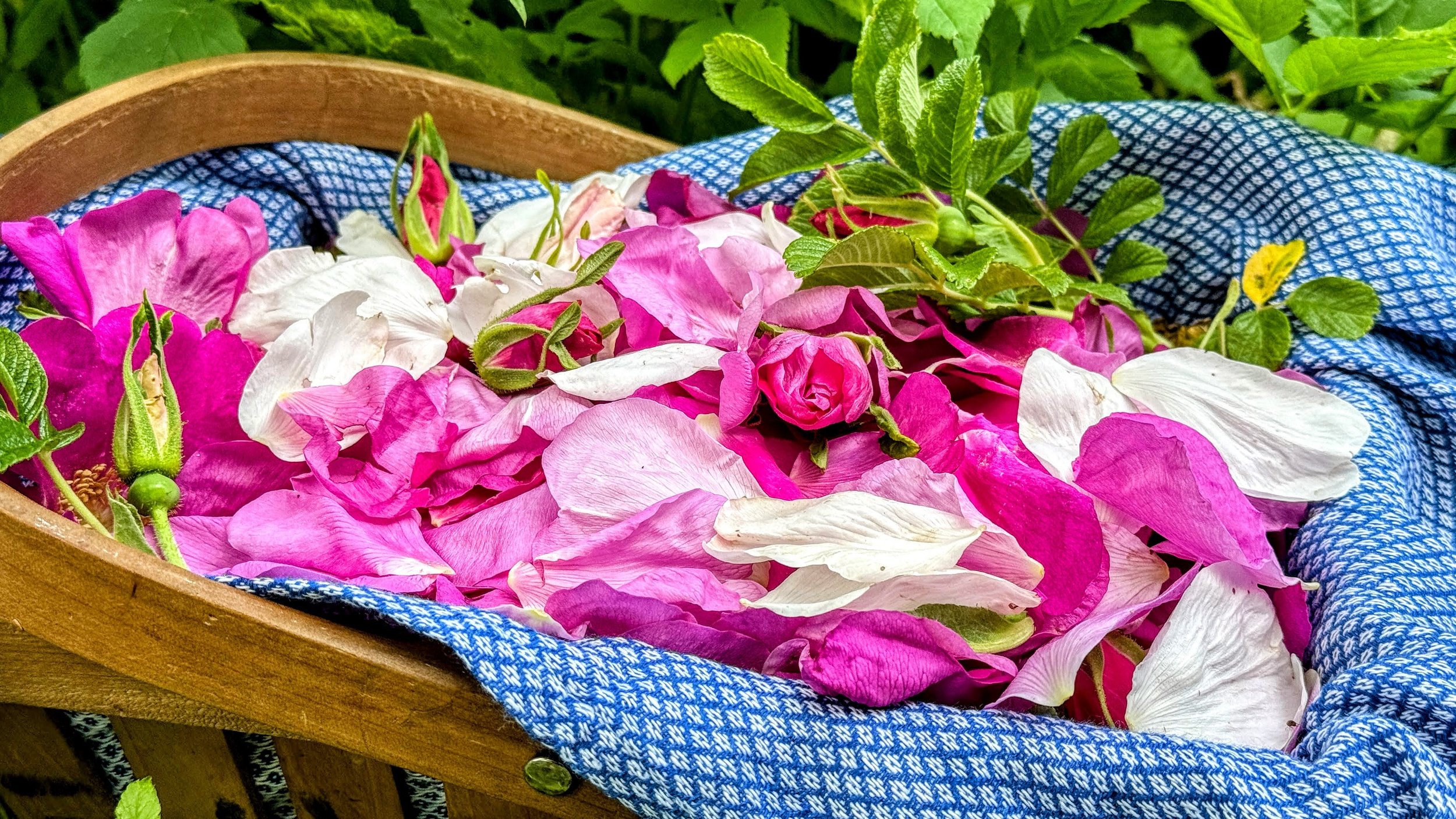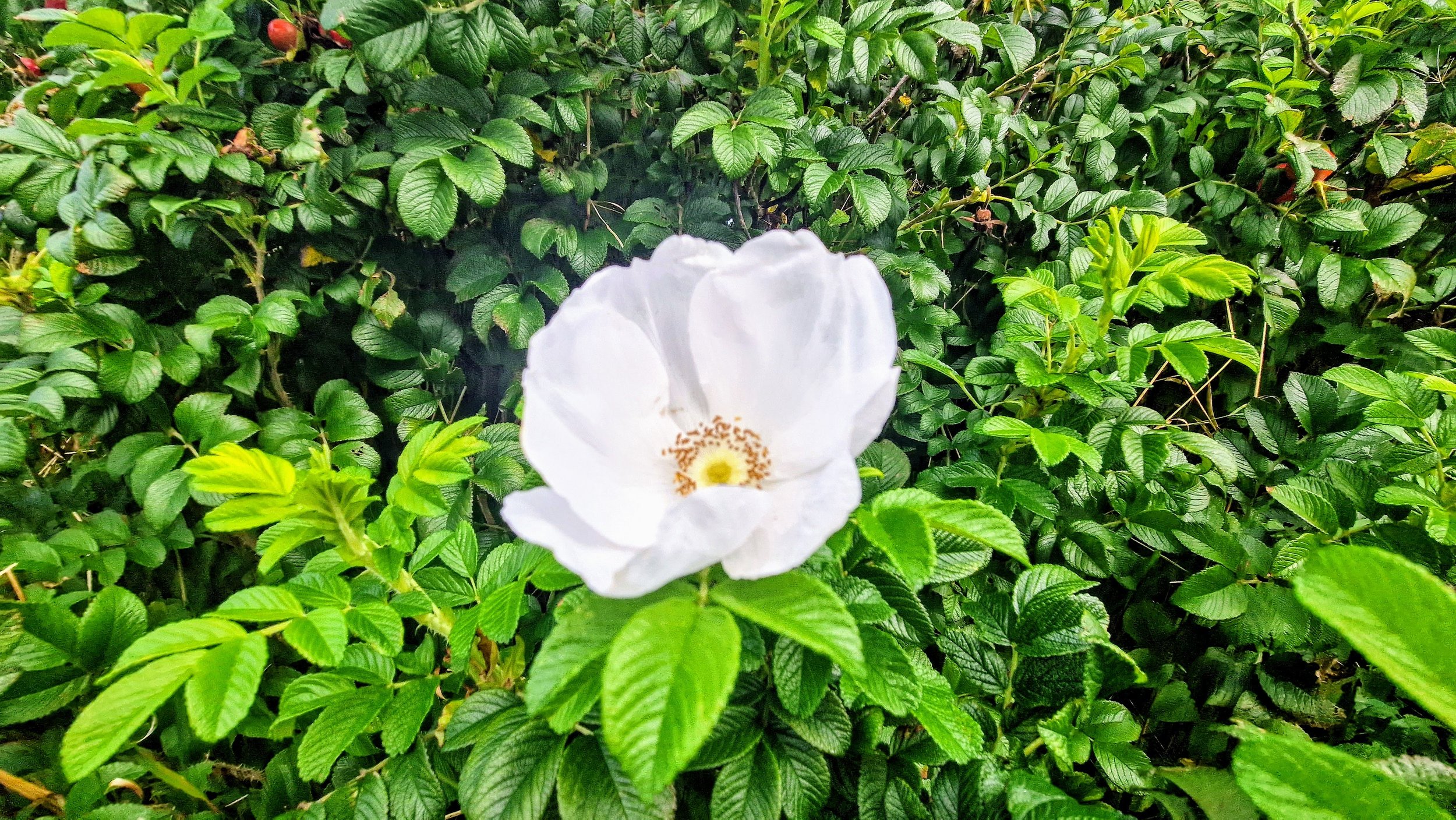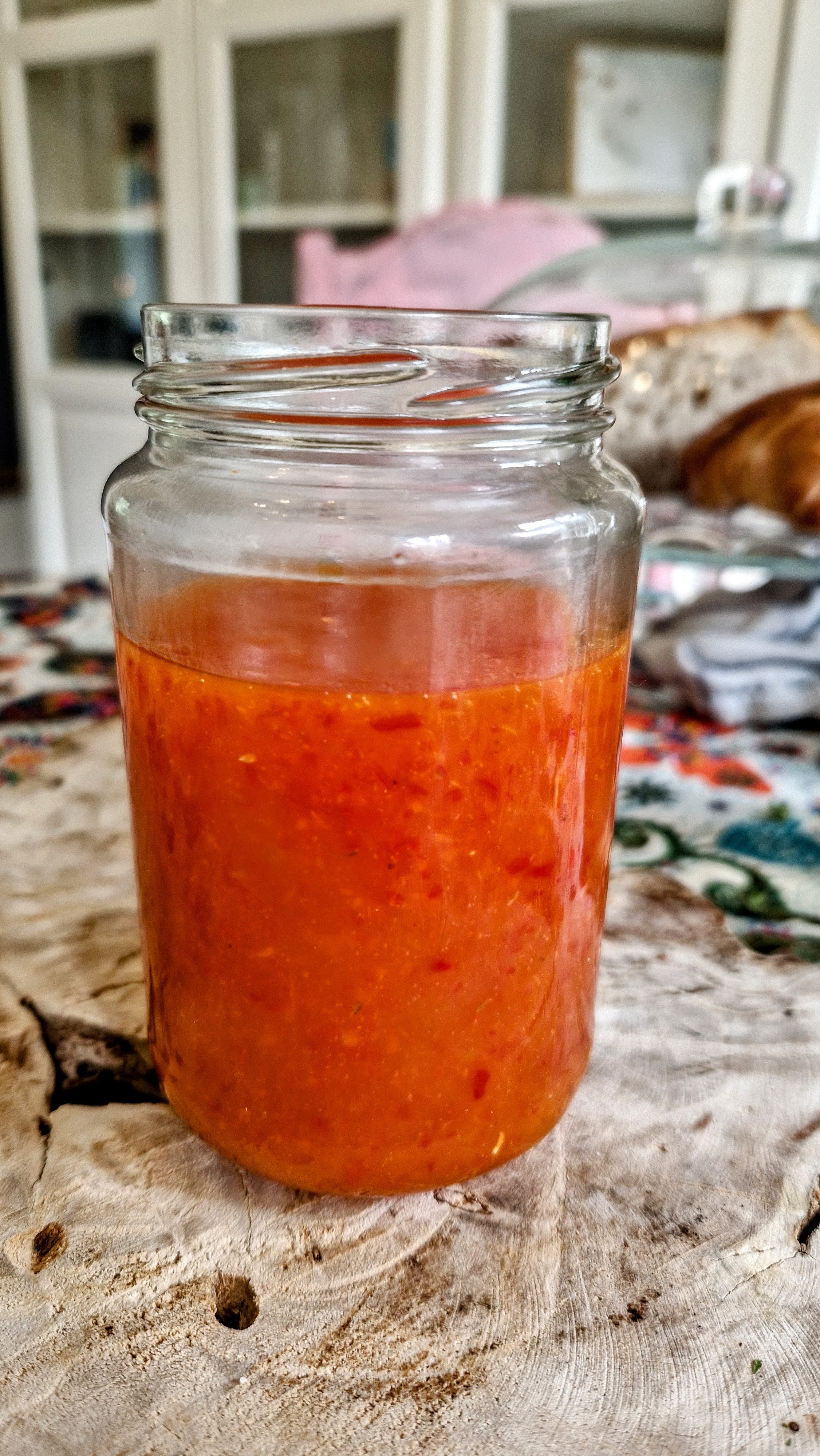Crafting Wild Rose Extract
In the heart of spring, our woods and fields blooms with the vivid hues and sweet fragrance of wild roses, inspiring us to capture their essence in a form that can be enjoyed year-round. This season, we've turned our harvest into a deeply aromatic rose extract, perfect for enhancing our homemade rose lemonades and delicate desserts.
As with most foraged ingredients, creating precise recipes can be a challenge due to natural variations. The aroma intensity of wild roses, for example, can differ significantly, making it tricky to specify exact measurements for our rose extract. If our batch turns out particularly potent, we simply adjust by using less in our recipes to balance the flavor. Remember, the ratio of rose petals to water affects the concentration of your extract: more petals with less water will yield a stronger concoction. It’s all about experimenting and adjusting to taste, embracing the unique qualities of your foraged finds.
The journey from petal to potion begins with meticulous preparation. We start by sorting through the freshly gathered petals, ensuring only the finest, unblemished pieces are used for the extract. This attention to detail is crucial as it ensures that the resulting extract is as pure and potent as possible.
Next, we simmer the selected petals in a pot of water. This step is done gently and gradually; we continuously add more petals to the pot as the existing ones wilt and release their vibrant colors and rich aromas into the water. This methodical approach allows us to extract as much flavor and color as possible.
As the petals impart their essence to the water, transforming it into a richly hued liquid, the next critical step is cooling. To preserve the intensity of the aroma and prevent degradation, we cool the mixture rapidly by placing the pot in our wash basin filled with cold water. Quick cooling is essential to maintaining the delicate volatile compounds that give rose water its characteristic scent.
Once cooled, we strain the liquid through a fine sieve, pressing the petals to extract every drop of the fragrant juice. The resulting extract is a deep magenta or lilac, a visual as captivating as its scent.
To extend the shelf life of our rose extract, we adjust its acidity. By gradually adding citric acid and shaking the mixture, we witness a dramatic color shift from magenta to a bright, vibrant red. This not only enhances the visual appeal but also brings the pH to around 4-5, which helps a bit in preservation.
We bottle the liquid and store it in a cool, dark place, often in our refrigerator, to keep it from degrading. This careful storage helps ensure that the extract retains its aromatic and visual properties.
For those looking to keep the extract even longer, incorporating a bit of alcohol can be an effective method. Alcohol acts as a preservative by inhibiting microbial growth, ensuring that our rose extract remains fresh and usable until the next spring.
In this short video clip, we demonstrate how adding dissolved citric acid to the extract can change its color dramatically.
And thats it. This process of creating rose extract from our garden's bounty is a delightful way to bring a piece of spring into our home year-round. Whether used in refreshing beverages or as a natural flavor enhancer in sweets, the extract remains a testament to the beauty, aroma and versatility of roses.





















